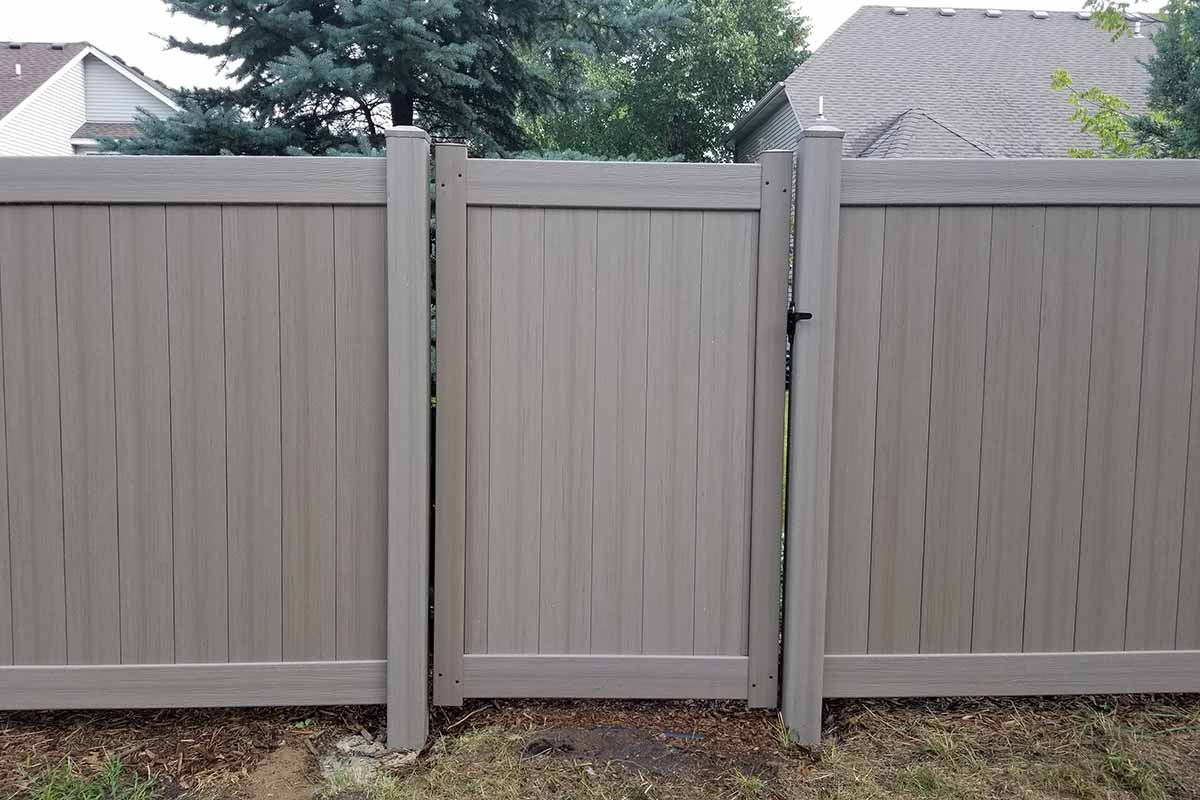Dynamic heart model mimics hemodynamic loads, advances engineered heart tissue technology
Efforts to realize cardiac ailment development and establish therapeutic tissues that can fix the human coronary heart are just a couple of locations of target for the Feinberg exploration group at Carnegie Mellon College. The group’s hottest dynamic model, produced in partnership with collaborators in the Netherlands, mimics physiologic hundreds on engineering coronary heart muscle tissues, yielding an unprecedented view of how genetics and mechanical forces add to coronary heart muscle perform.
“Our lab has been operating for a prolonged time on engineering and developing human coronary heart muscle tissue, so we can far better monitor how disease manifests and also, generate therapeutic tissues to one day fix and exchange heart destruction,” explains Adam Feinberg, a professor of biomedical engineering and resources science and engineering. “A single of the worries is that we have to develop these smaller pieces of heart muscle in a petri dish, and we have been undertaking that for lots of a long time. What we’ve realized is that these in-vitro devices do not accurately recreate the mechanical loading we see in the authentic coronary heart because of to blood tension.”
Hemodynamic loads, or the preload (extend on coronary heart muscle mass throughout chamber filling) and afterload (when the heart muscle mass contracts), are essential not only for balanced coronary heart muscle purpose, but can also add to cardiac disease development. Preload and afterload can guide to maladaptive adjustments in heart muscle mass, as is the circumstance of hypertension, myocardial infarction, and cardiomyopathies.
In new research revealed in Science Translational Medication, the team introduces a technique comprised of engineered coronary heart muscle mass tissue (EHT) that is attached to an elastic strip made to mimic physiologic preloads and afterloads. This 1st-of-its-kind model displays that recreating physical exercise-like loading drives formation of far more functional coronary heart muscle that is greater arranged and generates much more power each time it contracts. However, making use of cells from sufferers with sure styles of heart disease, these identical exercise-like masses can consequence in coronary heart muscle dysfunction.
“Just one of the definitely crucial points about this operate is that it truly is a collaborative energy involving our lab and collaborators in the Netherlands, like Cardiologist Peter van der Meer,” suggests Feinberg. “Peter treats individuals that have genetically-connected cardiovascular ailment, like a kind referred to as arrhythmogenic cardiomyopathy (ACM) that typically gets to be worse with exercising. We have been capable to get client-unique induced pluripotent stem cells, differentiate these into heart muscle cells, and then use these in our new EHT model to recreate ACM in a petri dish, so we can greater fully grasp it.”
Jacqueline Bliley, a biomedical engineering graduate college student and co-initial creator of the recently published paper, adds, “The collaborative character of this get the job done is so essential, to be capable to assure reproducibility of the analysis and compare findings across the earth.”
Seeking to the foreseeable future, the collaborators aim to use their product and conclusions to study a vast assortment of other coronary heart illnesses with genetic mutations, establish new therapeutic treatments and exam medicine to gauge their usefulness.
“We can acquire lessons learned from making the EHT in a dish to build bigger parts of coronary heart muscle mass that could be applied therapeutically. By combining these new outcomes with our earlier work involving 3D bioprinting coronary heart muscle (posted in Science in 2019), we hope to 1 working day engineer tissues substantial and functional plenty of to implant, and fix the human heart,” tasks Feinberg.
###
Disclaimer: AAAS and EurekAlert! are not liable for the precision of news releases posted to EurekAlert! by contributing institutions or for the use of any data by the EurekAlert technique.



